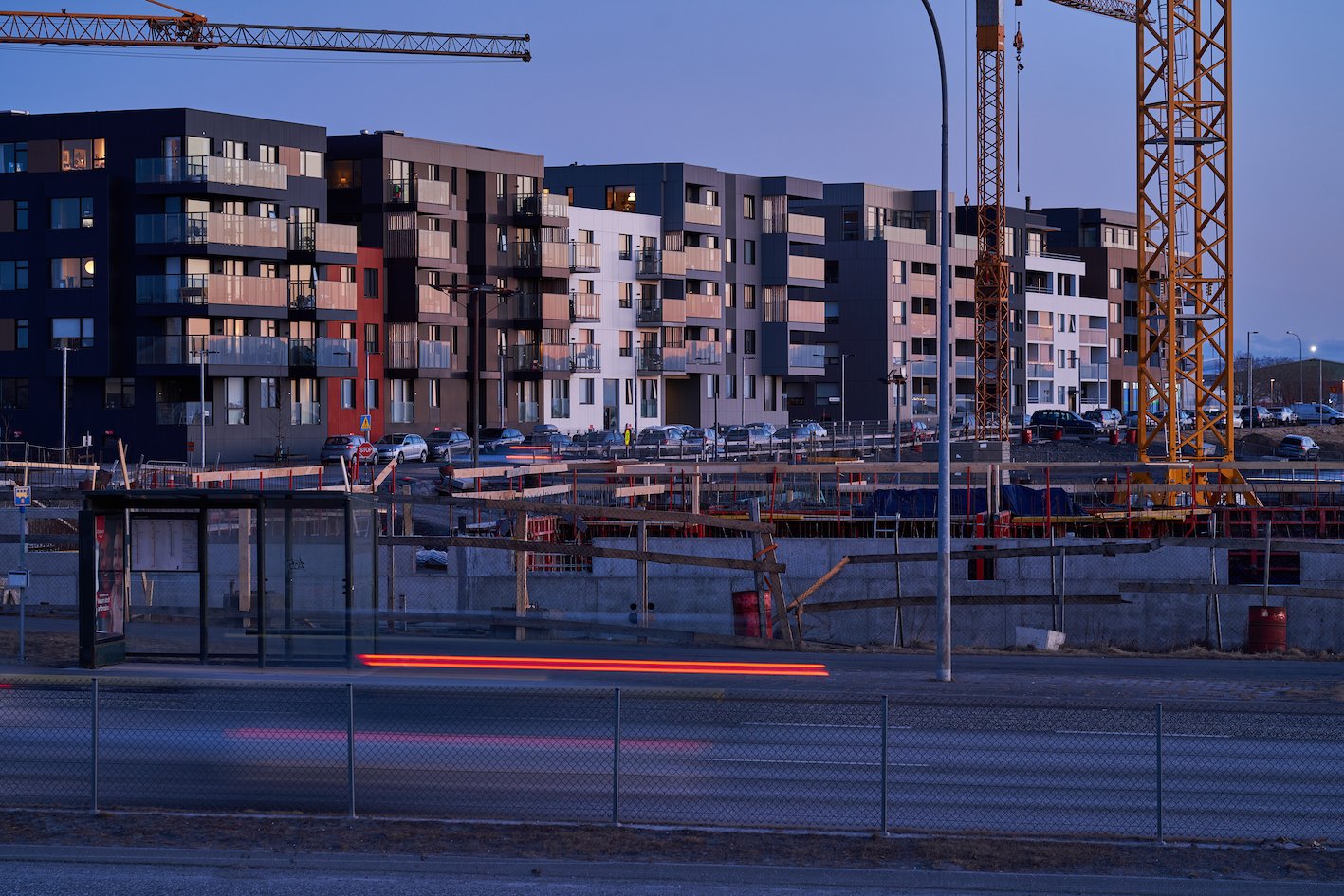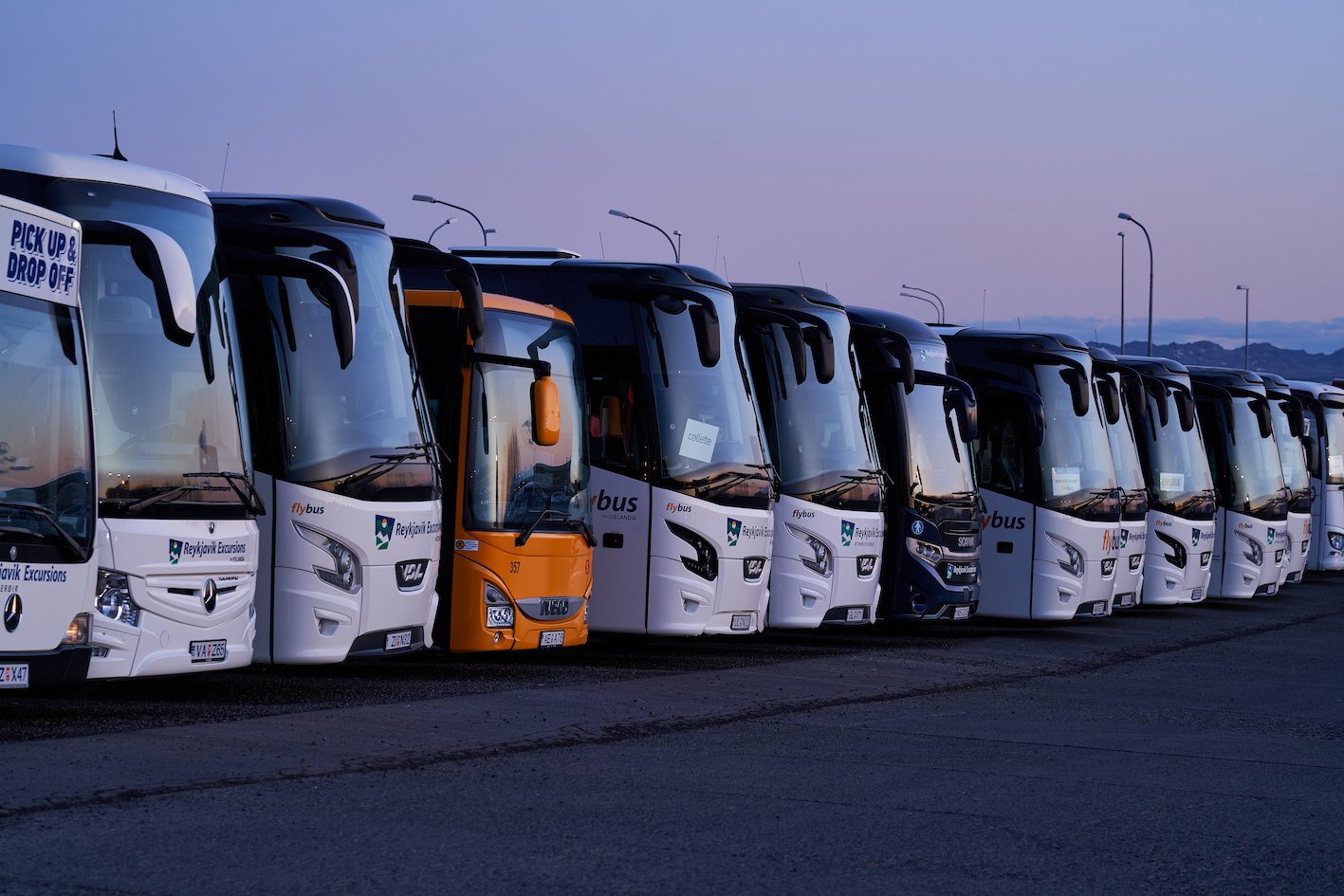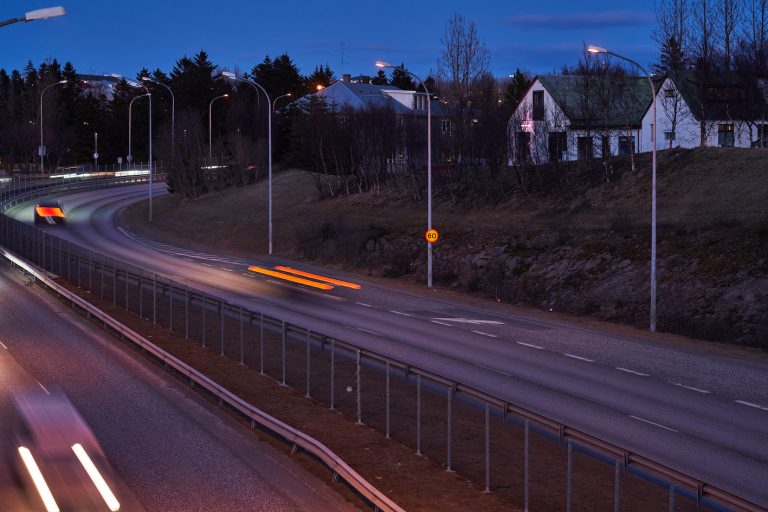Hringbraut is first seen in its entirety on a plan from 1927. The idea actually first appeared shortly after the turn of the century in 1900. The street was supposed to be the widest, a transport structure that would be a half ring road, the town inside the ring. Hringbraut was supposed to pave the way to and from Reykjavík Harbor and out to the country. A twenty-five meter wide street, which ran by a railway station in Norðurmýri, which then connected the capital to the South and beyond. The conceptual designer of Hringbraut was Knud Zimsen (1875-1953), an engineer and later Mayor of Reykjavík. Hringbraut was built, but not the railway station. Now almost a hundred years later, Hringbraut is still one of the capital’s main traffic arteries from the west of town, from Seltjarnarnes to the city center and then it keeps going further on. Two of the busiest workplaces in the country are located on or near the western side of the Hringbraut, Landspítalinn and Háskóli Íslands. Icelandic Times / Land & Saga went on a photo tour to capture the atmosphere on and around Hringbraut in 101, as it is now.





24/03/2023 : A7R IV : FE 2.8/100mm GM
Photographs and text: Páll Stefánsson




